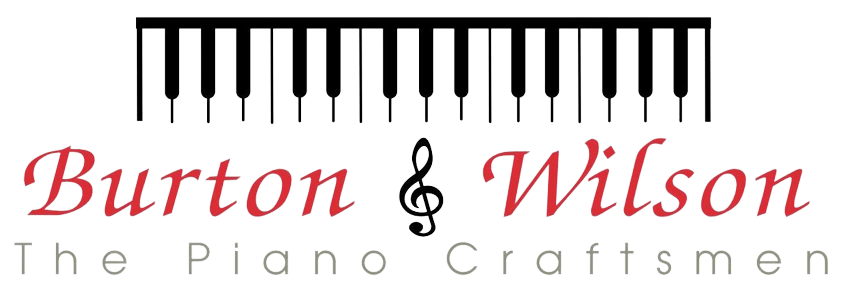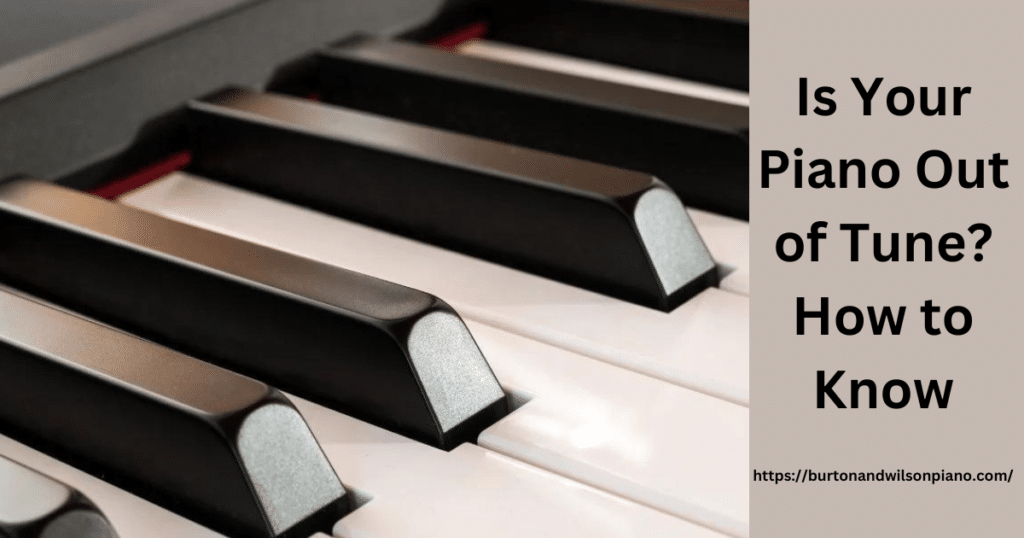A couple of indicators can help you determine whether it’s time for you to have your piano tuned. It’s difficult for many people to determine when their piano is not in tune, mainly if it is not off-tune. If you’re in that situation, here are four signs to suggest that it’s time to get an adjustment by piano tuners in San Francisco! Let’s get started!
What is the importance of tuning the piano?
Tuning is an essential element of regular maintenance for pianos. Regularly tuned tuning prevents the tension on the strings from being loosened too much. This allows technicians to check the piano for indications or damage affecting the action or soundboard.
The majority of piano makers advise tuning at least once each year. However, there are instances when pianos require tuning.
New pianos require at least 3 or 4 tunings a year to allow the strings time to be stretched and settled. Furthermore, frequently used instruments, like those used in churches and practice rooms, require further tuning due to the constant playing strains of the strings.
Pianos used for performances or recordings generally undergo tuning before each use. Pianos moving from one location to the next or those subject to extreme humidity fluctuations need additional tuning.
Signs for Piano Tuning
-
Big Weather Shifts
The weather is a leading indicator indicating your piano requires tuning. Suppose there have been significant variations in humidity and considerable temperature fluctuations. This can cause the strings to become looser or tighter (tighten when the humidity or heat increases and loosen when they decrease).
Even if you have a humidity control system, the piano may remain affected by the temperature outside since the system is partially foolproof.
-
Out of Tune Unisons
Every note on a piano comprises two or three strings (depending on the note), each of which must be tuned differently. If one of these strings is in tune with the other, it can make the note be heard as “sour” or “warby”.
When you hit your note, you might notice an eerie sound in the note instead of hearing it sound clear and precise. This is because the notes’ unisons (the two and three strings that make up the note) aren’t in tune.
-
Octaves That Are Out Of Tune
In playing the octave, the notes must sound clear and be in tune. If an octave is out of tune, you could hear similar sounds described in the previous section in the case of unisons.
If you can listen to a harsh sound, and the notes don’t sound clear, or you hear a warble or waving the note, the piano is not tuned correctly. It’s time to contact piano tuners in San Francisco.
-
Flat Or Sharp Notes
If you own an electronic instrument or an app, You can use it to determine whether the notes in your instrument are flat or sharp.
If you’ve experienced a significant temperature swing in the past, then you can expect that the note will be dull or sharp based on the direction in which the swing took place. If the notice is not in tune, it signals that it’s time for you to adjust your piano.
Can An Old Piano Be Tuned?
Yes, the piano can be tuned at any time after twenty years. It’s suggested that a piano be tuned at least every year, even if it’s never been used regularly.
If an instrument has gone for more than twenty years without being tuned, it may need more than one tuning session to get it back to its original sound and stability.
Piano-Tuning Cost Factors
- The majority of piano tuners charge per hour. When the piano is in tune, the tech must first increase the pitch before tuning the instrument to perfection.
This means the piano tuners in San Francisco adjust the strings to ensure they vibrate faster than A440. The strings that are stretched out eventually settle to A440, and the technician can fine-tune the strings.
- Another problem that can be found is a poorly tuned piano. It happens when people wait too long before tuning the instrument or when the piano undergoes changes in humidity, which causes the soundboard to expand and shrink.
The technician then has to adjust the piano to ensure that the notes in each octave correspond. After the piano is tuned roughly, the technician can complete the fine-tuning.
- Sometimes, pianos require repairs before a technician can adjust them. This could include replacing damaged or damaged strings, fixing loose tuning pins, or fixing damage to the soundboard.
The technician has to resolve these issues before making the piano tune. The additional work can add up to the price.
Conclusion
We hope this post was helpful to you about piano tuners in San Francisco! If you want to try tuning your piano, you can contact us at BURTON & WILSON. We also have instruments to assist you with tuning.

